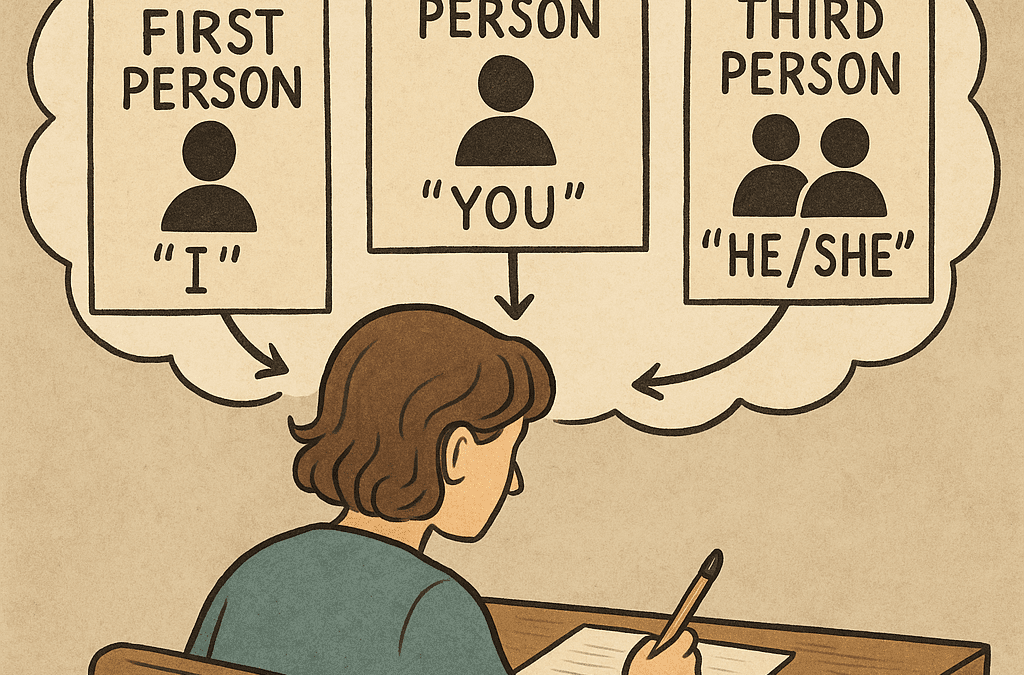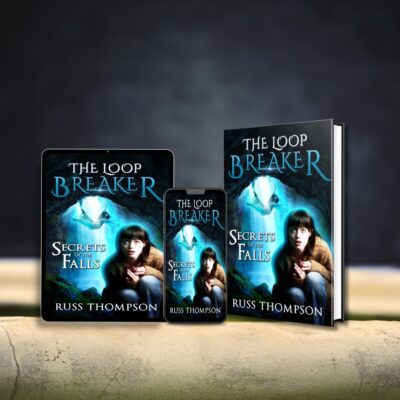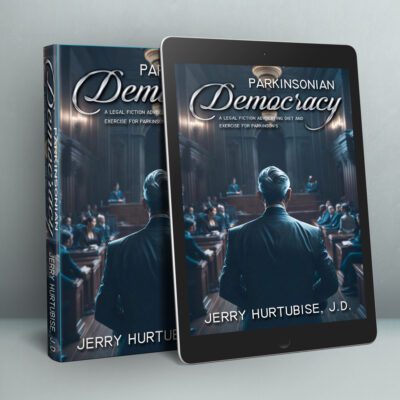When you’re writing a book, one of the first big choices you’ll face is this: What narration and point of view should I use? It’s not just a technical decision. It’s the lens through which your entire story is told. Whether you go with first person, third person omniscient, or something a bit more experimental, the narrative perspective shapes your reader’s experience from page one.
But don’t worry—you don’t have to get it perfect on the first draft. The key is to understand your options so you can choose a narration and point of view that fits your story’s voice, scope, and emotional core.
What Is Point of View in Writing?
Point of view (POV) is the position from which your story is told. It answers the question: Who is telling this story? The choice of POV affects everything: what the reader knows, how connected they feel to characters, and even the story’s tone.
The Main Types of Narration and Point of View
Let’s break down the most common types of narration and point of view, with pros and cons to help you make the right choice for your story.
First Person (“I”)
“I opened the door, unsure of what I’d find.”
- The story is told directly by a character, usually the protagonist.
- Offers deep emotional insight and a strong personal voice.
Pros:
Creates intimacy with the reader.
Great for character-driven stories.
Cons:
Limited to what the narrator knows.
It can be restrictive in world-building.
Second Person (“You”)
“You walk into the room, and your heart races.”
- Rare in fiction, but creates a unique immersive effect.
- Often used in experimental writing or interactive fiction.
Pros:
Highly immersive.
Can be engaging in short pieces or stylistic genres.
Cons:
Can feel unnatural or forced.
Difficult to maintain in long-form narratives.
Third Person Limited
“She stepped onto the stage, palms sweating.”
- The narrator is outside the story but closely follows one character.
- Offers some distance while maintaining emotional focus.
Pros:
Balances objectivity and intimacy.
More flexible than first person.
Cons:
Still limited to one character’s perspective.
It can feel narrow if multiple viewpoints are needed.
Third Person Omniscient
“She stepped onto the stage, unaware that across the hall, someone was watching.”
- The narrator knows everything—thoughts, feelings, and events across all characters.
- Often used in sweeping narratives or epic tales.
Pros:
Allows broad narrative scope.
Helps explore multiple perspectives and subplots.
Cons:
Can feel distant if overused.
Risk of head-hopping if transitions aren’t clear.
How to Choose the Right POV for Your Story
The best narration and point of view depend on your story’s focus. Ask yourself:
- Whose experience matters most in the story?
- How close should the reader feel to your characters?
- Do you need to show events from multiple angles?
- What tone are you aiming for—personal, neutral, dramatic, distant?
Don’t be afraid to experiment. Sometimes writing the same scene in different POVs will reveal which one feels most natural or powerful.
Tips for Using Narration and Point of View Effectively
- Stay consistent. Switching perspectives mid-chapter (unless done intentionally and clearly) can confuse readers.
- Match POV to genre. Romance tends to favor first or deep third person. Thrillers often shift between characters. Fantasy may lean toward third-person omniscient.
- Revise if it feels off. If your story isn’t landing emotionally, the issue might not be your plot—it could be the narration and point of view.
- Avoid info-dumping. Even omniscient narration works best when it shows character motivations and actions through context rather than exposition.
Explore More
Still unsure which POV works best? This MasterClass article on point of view provides a more detailed breakdown with examples from published authors.
In Summary: Narration and Point of View Matter
Your choice of narration and point of view isn’t just about style. It shapes how your story feels, who your readers connect with, and what they walk away remembering. There’s no one-size-fits-all answer. Try different approaches, trust your instincts, and let the story lead the way.
Related Reading
If you’re still in the early stages of your project, you might find our article on writing on a budget helpful. It includes tools that can support your writing process.
Once you’ve chosen your narration and point of view, getting outside feedback can help. Here’s our breakdown of beta readers vs. critique partners to guide your next steps.







